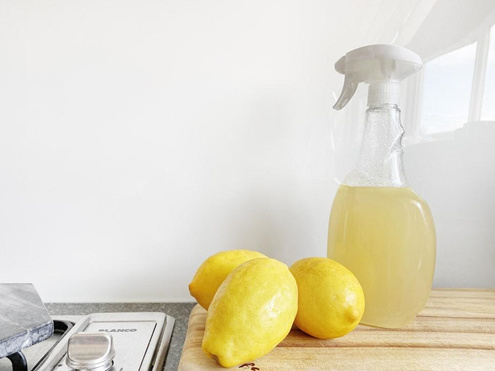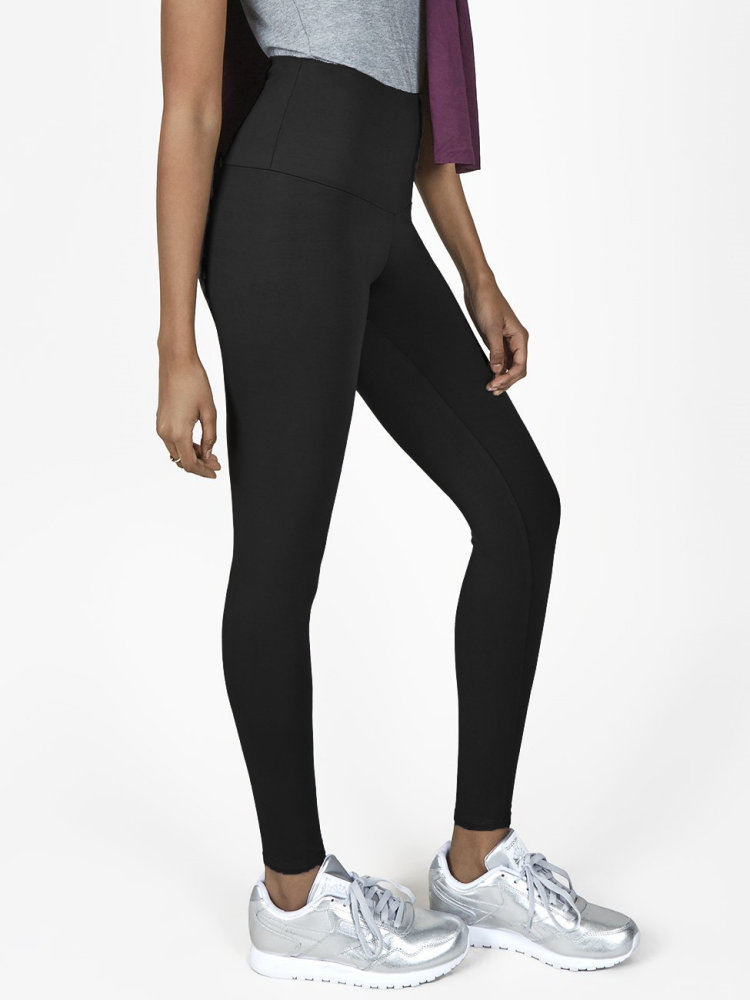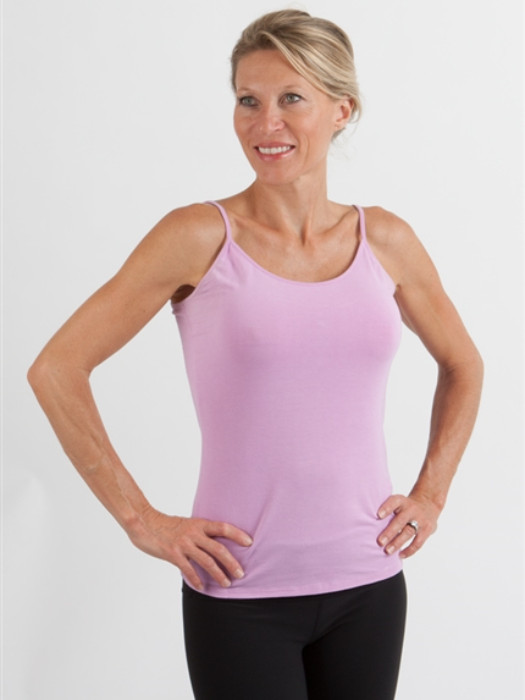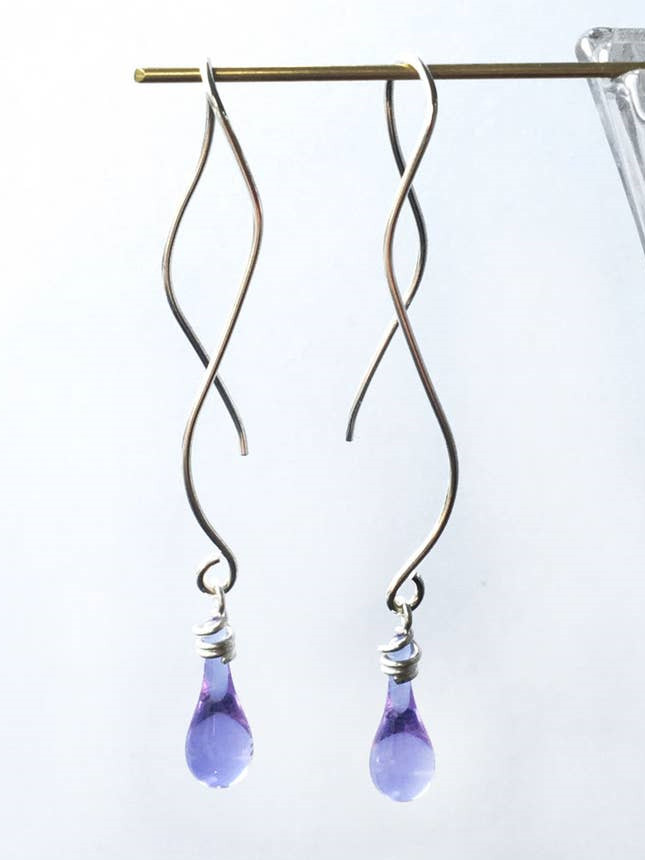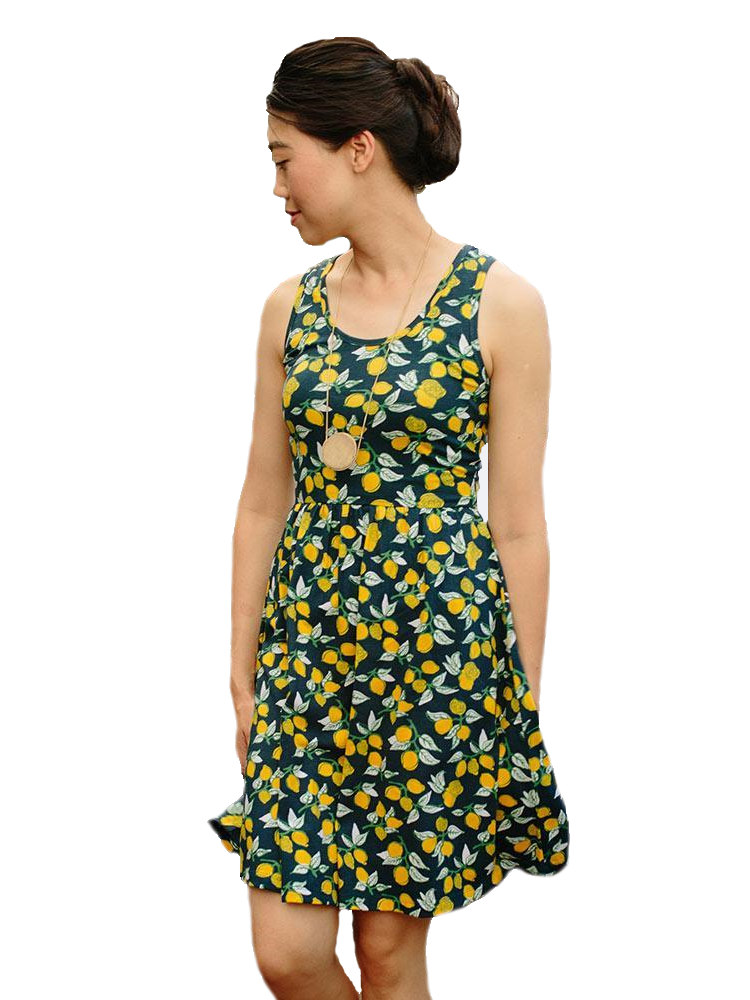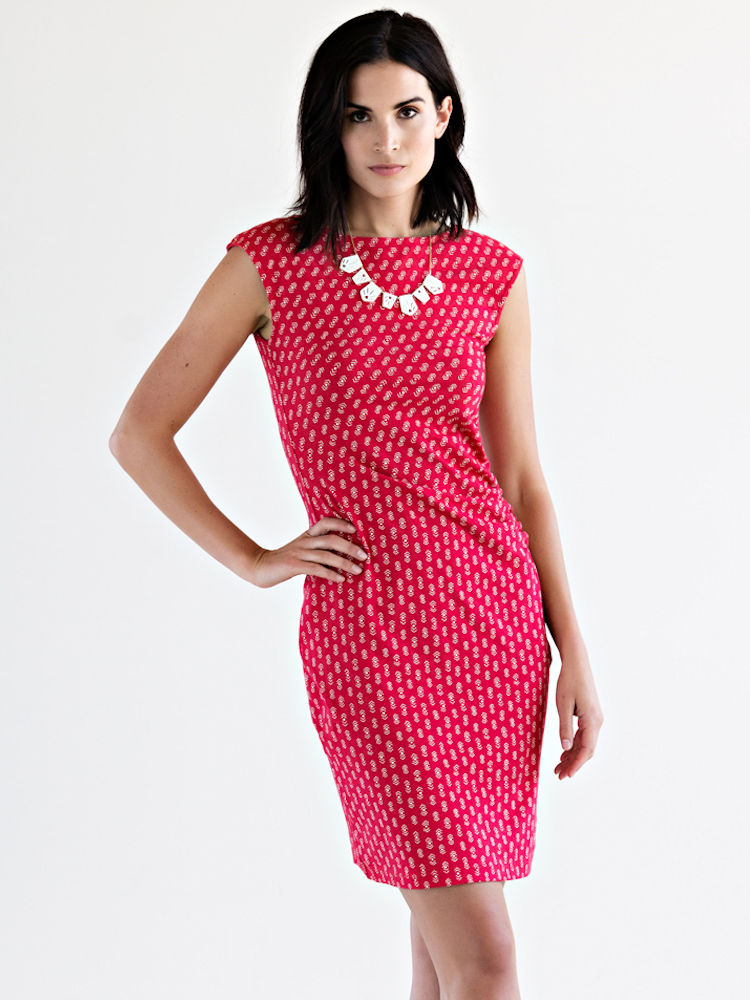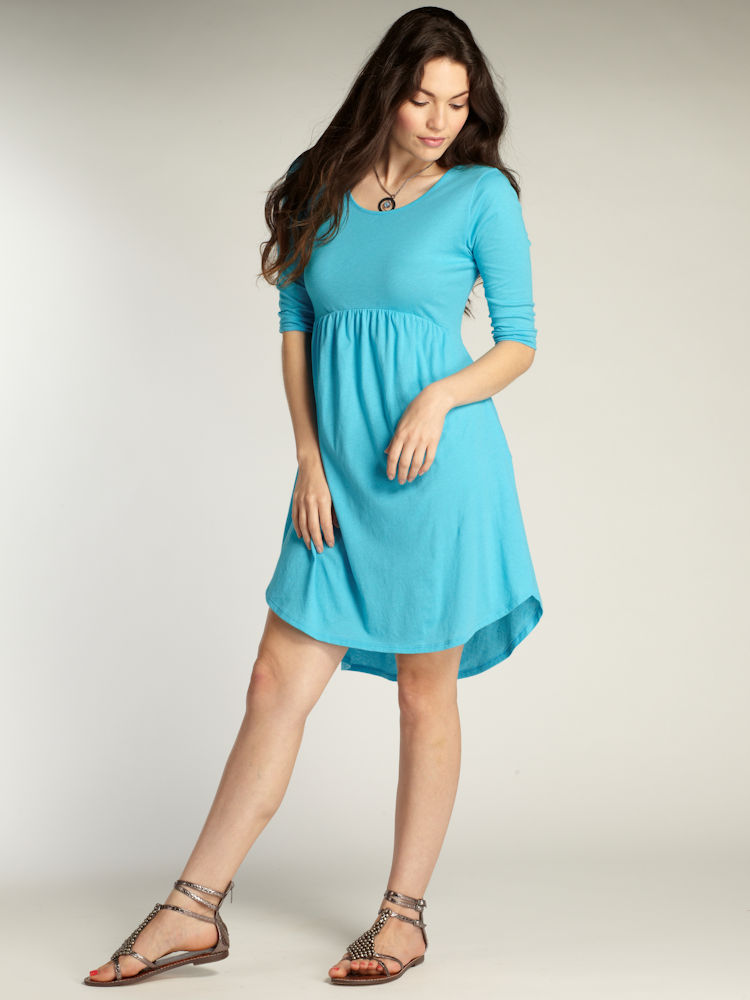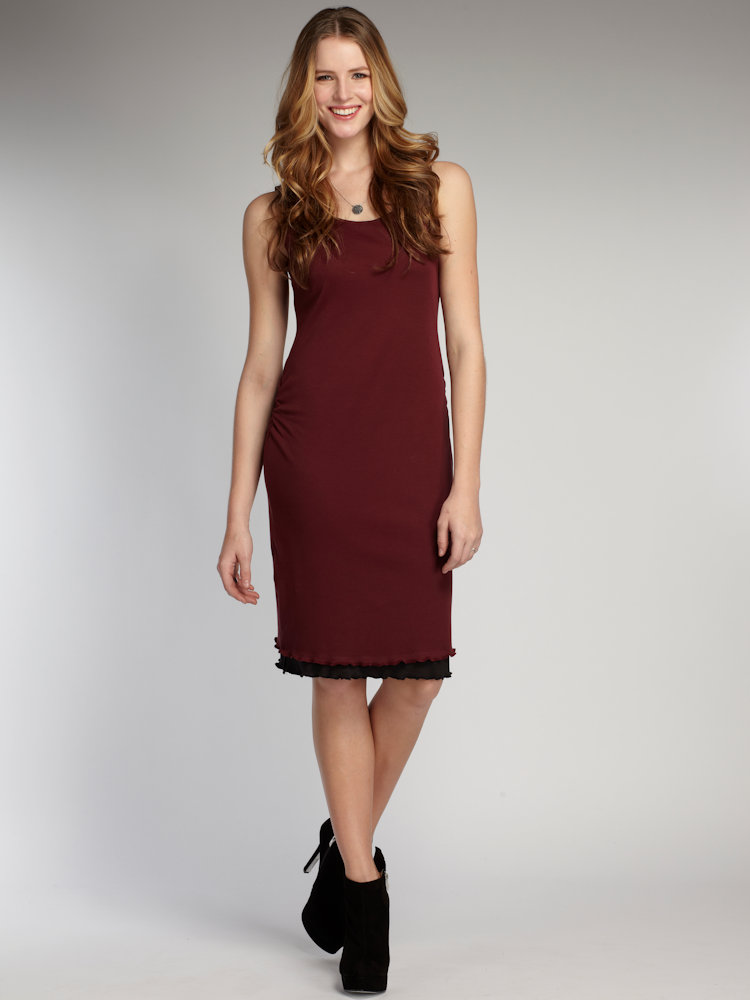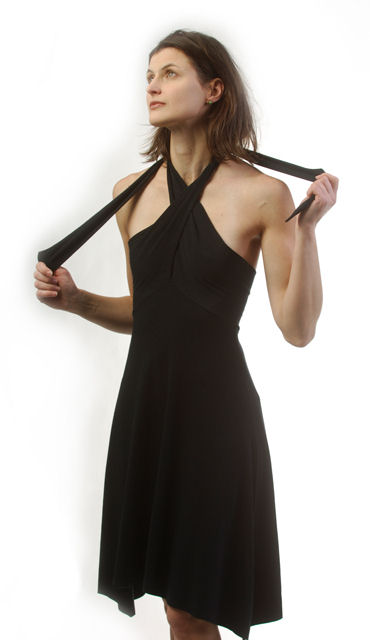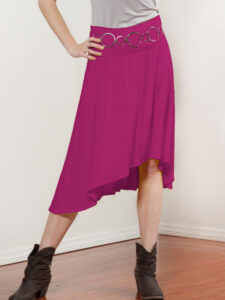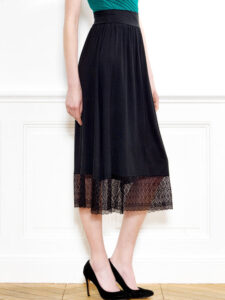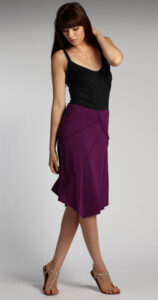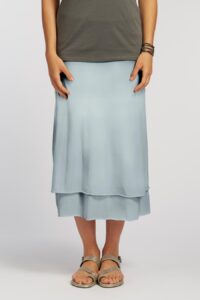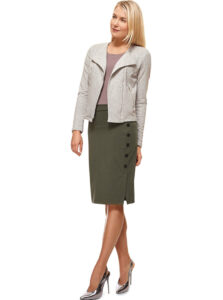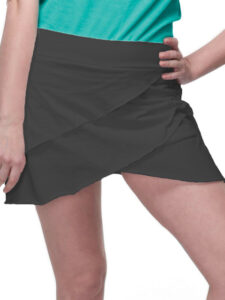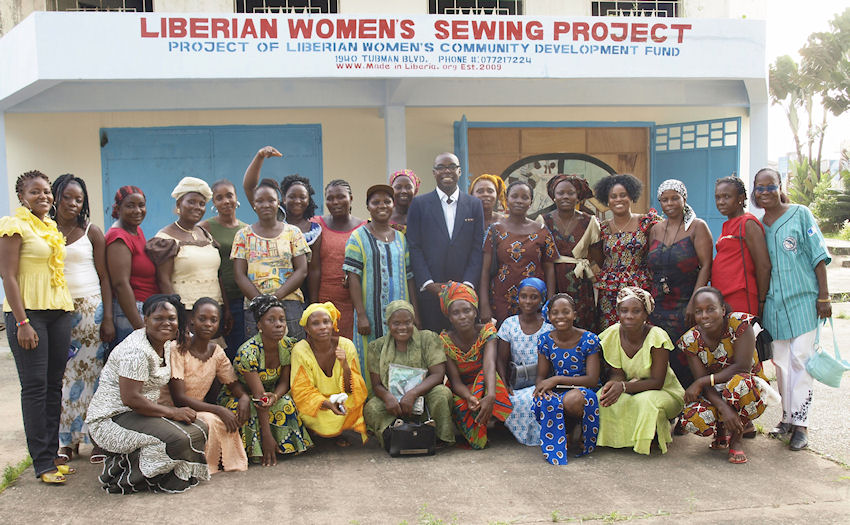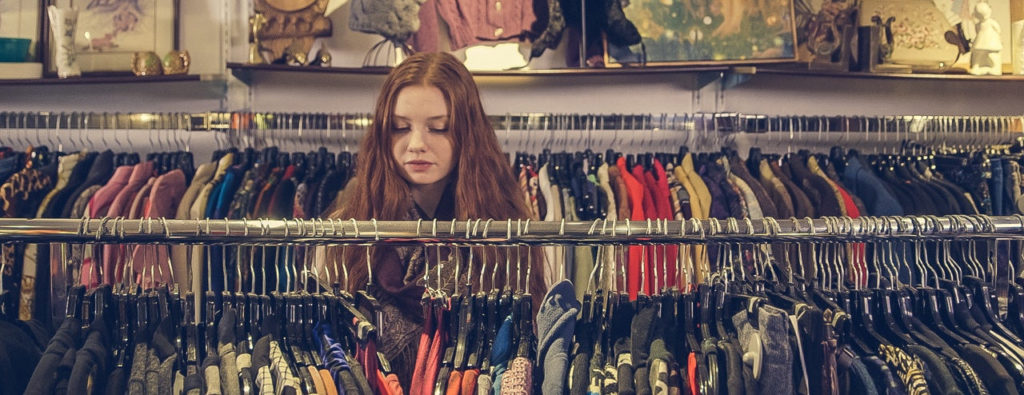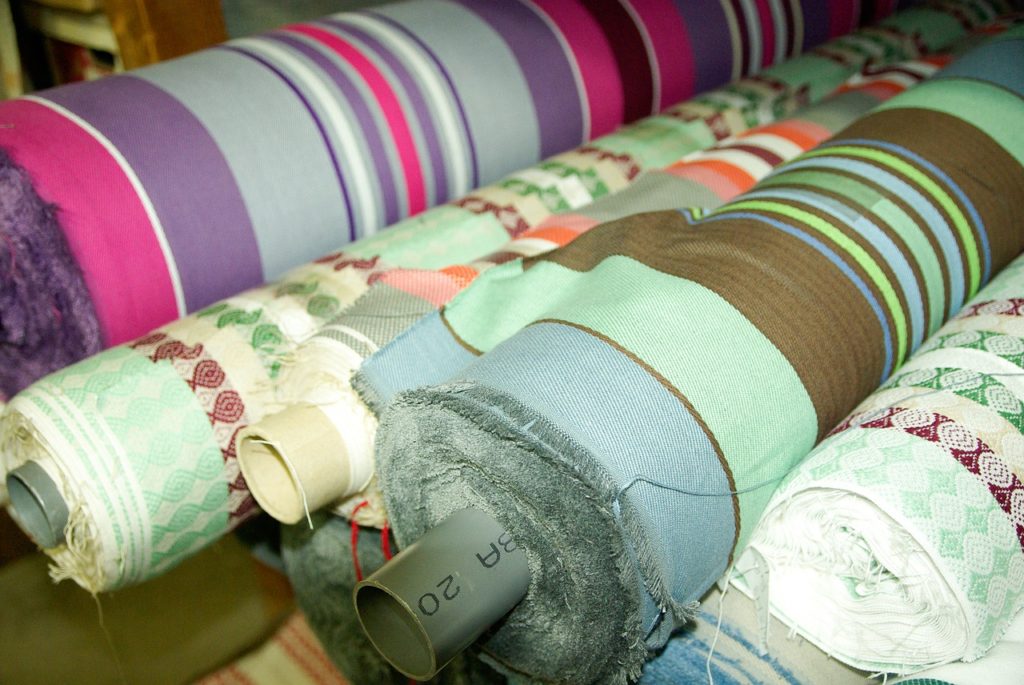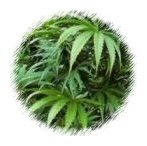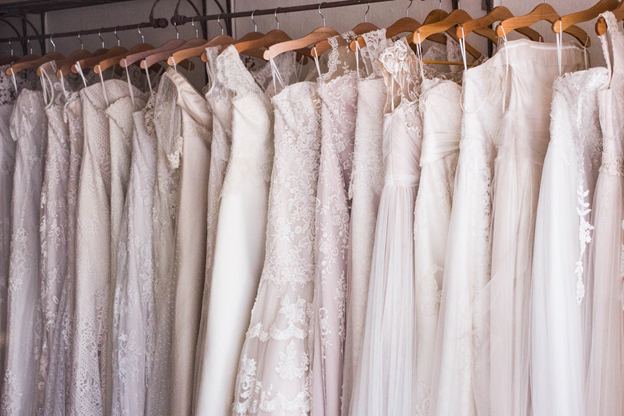
If you are planning a wedding, there are lots of great ways to make your day as eco-friendly as possible without sacrificing on glamor and magic. Sustainable wedding dresses are just one of the greener trends that are turning the wedding industry upside-down, and these beautiful pieces can easily be styled for any type of wedding. Read on to learn about sustainable and ethical wedding dresses and how you can do good while looking stunning!
Why the Conventional Dress Just Doesn’t Cut It Anymore
Wedding dresses — by definition — are not sustainable. An intricate work of art that takes upwards of 20 feet of fabric and at least two weeks to make, a typical wedding dress will only be worn once before sitting at the back of a closet and ultimately heading to the landfill. Add to this the fact that most wedding dresses are made of pesticide-heavy silk and/or synthetic fabrics like polyester that don’t break down easily, and you have an environmental conundrum on your hands!
In recent years, values-based wedding planning is leading more and more couples to avoid fast fashion and choose eco-friendly options for their weddings — from recycled card invitations and plastic-free table settings to intentionally mismatched bridal parties and sustainable wedding dresses.
Ready to discover your perfect, eco-dress? Here are our top suggestions:
Embrace the Charm of Vintage Styles
Styles come and go, but fortunately, time can transform passé into vintage! Your mother’s or grandmother’s highly-prized bridal gown could soon become the perfect ethical wedding dress style when it makes a grand re-entrance on your special day. If the original owner is happy for you to make some changes, you can easily transform the dress with a few small adjustments to make it your own.
If dear granny’s dress isn’t your style, hit the thrift stores and e-stores to browse sustainable wedding dresses in an endless array of silhouettes. For something a little more modern, you could also buy a second-hand dress from a friend or online. Don’t shy away from low-back styles while you’re shopping, either. You can always add a bra directly to your dress so you don’t have to worry about straps showing.
Set the Pace with a Trendy Rental Gown
Another easy and budget-friendly approach to sustainable wedding dresses is to rent a gown and tux for the day itself. The ultimate closed-loop approach, rental gowns reduce your footprint to a fraction of the (environmental) cost and eliminate the question of what to do with the dress after you’re wed.
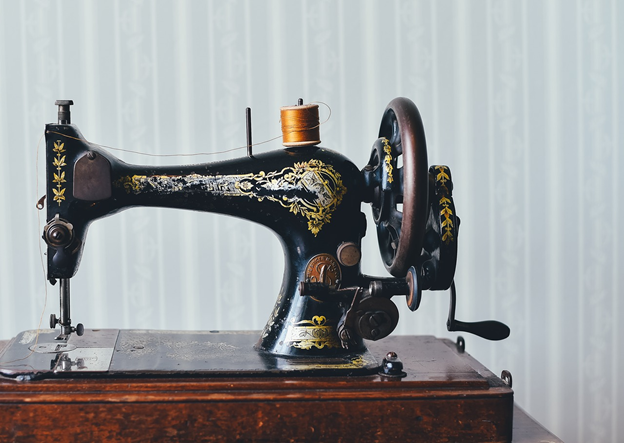
Make Your Dress from Recycled Fabrics
For the more crafty among us, making your own wedding dress gives you free rein on the design and can save you a lot of money in the process. If you have the time and are so inclined, consider making your dress sustainable by sourcing recycled fabrics that don’t cost the earth. Some excellent fabric sources for ethical wedding dresses include:
- Factory offcuts
- Used wedding dresses that are beyond repair
- White cotton bedsheets and lace curtains from friends or a thrift store
- Excess fabric offered through Freecycle or Craigslist
Depending on what you find, you can create an eye-catching piece that is either all one color (bedsheets!) or multi-tonal. Either way, some basic patterns for sustainable wedding dresses and a few days at the sewing machine could result in a one-of-a-kind dress that you’ll be proud to wear down the aisle.
Go for a Versatile Two-Piece
Another option for sustainable wedding dresses that won’t go to the landfill is a two-piece top and skirt combo that you can wear in the future. Buy a pre-matched set or shop around until you find a combination that works and top it off with a cream-colored shrug or fitted jacket (hello, future job interview outfit!)
Apart from saving on precious resources, investing in a set that you can wear again-and-again lets you keep this special part of your life forever and relive those precious memories time-and-time again.
Invest in a Dress that Does No Harm
A final alternative which we personally love is to shop for sustainable wedding dresses that are made to do good. The perfect solution for a traditional wedding gown that does good for your style and the earth, ethical wedding dresses minimize pollution and are sewn by workers who are paid fairly for their work.
These flowing dress styles available in bamboo and Tencel™ are the ideal replacement for conventional silk and feel wonderfully soft on your skin. Dresses made from organic cotton and linen are the best choice if you want a little more shape and stiffness to your outfit and can be woven to include stunning embellishments such as embroidered details and beading.
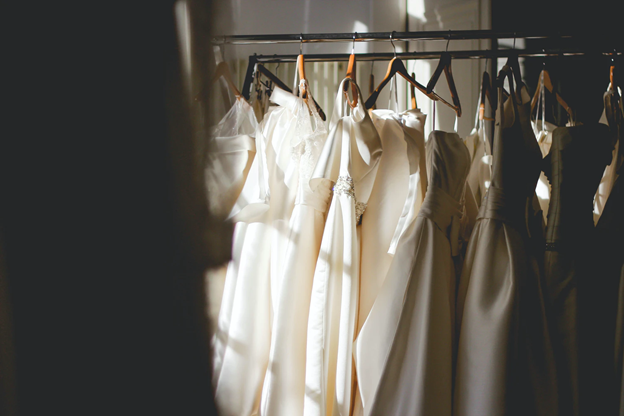
Brands Matter
When shopping for sustainable wedding dresses, be sure to do your homework and find the brand that best suits your values. The best brand will be one that has a transparent supply chain, economizes on energy, and uses materials that are pesticide-free and fully biodegradable. You can even keep the good vibes going by donating your dress to a charity you cherish.
Shopping for the Honeymoon and Beyond
Once you’ve thought about how to shop sustainable wedding dresses, don’t forget to prepare for the honeymoon! Eco-chic, ethical lingerie, and comfortable organic sleepwear are essentials for enjoying your first moments as a married couple, and remember a few flattering organic dresses and jackets, too, for strolling around your destination!
Choosing to shop ethical wedding dresses and clothing for your wedding and beyond will not only inspire your guests but will get your family off to a great start with values you can live out in your home. Explore our collection of eco-friendly formal dresses to find your perfect fit, and say “yes” to the dress today!

